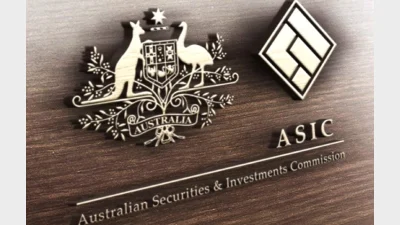More Aussies feel confident in their retirement, but hurdles persist



Australians are some of the most hopeful when it comes to retirement preparedness, with super funds’ handling of retirement savings helping play a part.
This is according to new data from State Street Global Advisors (SSGA), which showed that 33 per cent of Australians feel optimistic about being financially prepared for retirement, second only to the US’ 34 per cent.
SSGA’s Global Retirement Reality Report 2025, which includes the perspective of 606 Australians among 4,371 respondents globally, found that this was a 24 per cent increase from August 2023.
Notably, in identifying the factors that could be influencing confidence in retirement, 43 per cent cited their super or retirement plan being invested wisely.
The same portion also pointed to having little or no short-term debt, loans, and credit card bills as adding to their confidence. Meanwhile, 40 per cent noted their financial ability to save for retirement as positively affecting their retirement confidence.
However, according to Jonathan Shead, investment head at SSGA Australia, “optimism alone will not carry Australians across the finish line”.
“Bridging the confidence gap between aspiration and proper retirement readiness requires collaboration, education, and a renewed focus on evolving superannuation plans. We hope to see more Australians turn their retirement aspirations into reality,” Shead said.
And while 2025’s survey paints a hopeful picture, the investment lead pointed to the impact of inflation and the broader economic environment on retirement confidence over the long term.
For example, there are still 28 per cent of Australian respondents who expect to only partially retire and continue working. A tenth cannot even envision ever being financially secure enough to afford retirement.
“Australians identified inflation, increased cost of living, and medical expenses as the top three barriers negatively impacting their retirement confidence,” Shead said.
“In response, we are observing that a third of Australians have changed their outlook on retirement in the past six months, and many are adjusting their plans – either by delaying full retirement or embracing partial retirement. Additionally, many Australians plan to increase their short-term savings in the next six months, likely due to the market volatility we are seeing.”
Plan for retirement savings leaves much to be desired
While more than half of local respondents associate retirement income with a steady, dependable income stream, a fifth of them still reduce it to a drawdown plan.
According to SSGA, this indicates confusion about how retirement savings translate into dependable income. Perhaps, unsurprisingly, confidence levels among Australian respondents who have an adviser were much higher than other respondents.
Breaking this down, over 30 per cent plan to continue investing their savings after retirement, drawing down over time. Some 20 per cent intend to use their retirement savings to purchase an annuity, while 15 per cent plan to do a combination of both.
“It is concerning that more than one in four Australian respondents do not have a plan for their retirement savings once retired,” Shead said, adding that there is also a gender gap when it comes to this particular outcome.
“These findings highlight a clear opportunity for education and tools that will help convert savings into security.”
Recommended for you
The Gateway Network Governance Body has unveiled a detailed roadmap to guide the superannuation industry through the upcoming Payday Super reforms.
CPA Australia urges the ATO to extend compliance support for small businesses facing major system changes ahead of Payday Super reforms.
Superannuation funds ramp up collective efforts to counter rising cybercrime, updating standards and sharing intelligence across the industry.
The regulator has fined two super funds for misleading sustainability and investment claims, citing ongoing efforts to curb greenwashing across the sector.









